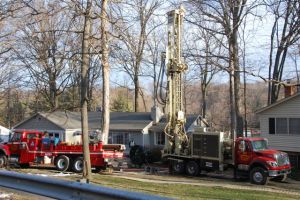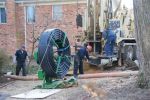I spent a day checking the energy use of each of the appliances I could. Because our hot water is shared with the rest of the building, and our heat and air conditioning is similarly built in, I could not check the energy use of those appliances.
As expected, our refrigerator used the most energy, at 225 watts. We have a fairly new refrigerator, so it is much more efficient than older models, but still an energy hog.
I was surprised that our entertainment system is the second largest user of electricity. Our old TV uses 80 watts when it is on. In addition, our TIVO uses between 26 and 30 watts, depending on if it is recording. The VCR uses 15 watts when on but not in use, which is most of the time.
Our computer was also a big user. It uses an average of 75 watts when it is on, and even in sleep mode it eats up 4 watts.
The rest of the household came out about as expected. Our lamps are mostly about 25 watts and our various chargers are a few watts a piece when plugged in, but not charging.
Living in a condo reduces the number of things we can do to become energy efficient. We have updated our appliances and installed a digital thermostat, but we can’t change the insulation in the attic, put in better windows, or fiddle with the water heater. But we can unplug appliances that we are not using, and turn the thermostat up in the summer and down in the winter. I will also finally put the new sealer around the front door to stop the leeks.
Most of these are common sense changes that we have all heard about, but never do. By measuring the amount of energy I waste, it makes us much more aware, and spurs us to action.
By Climate Pilot Isaiah Akin

